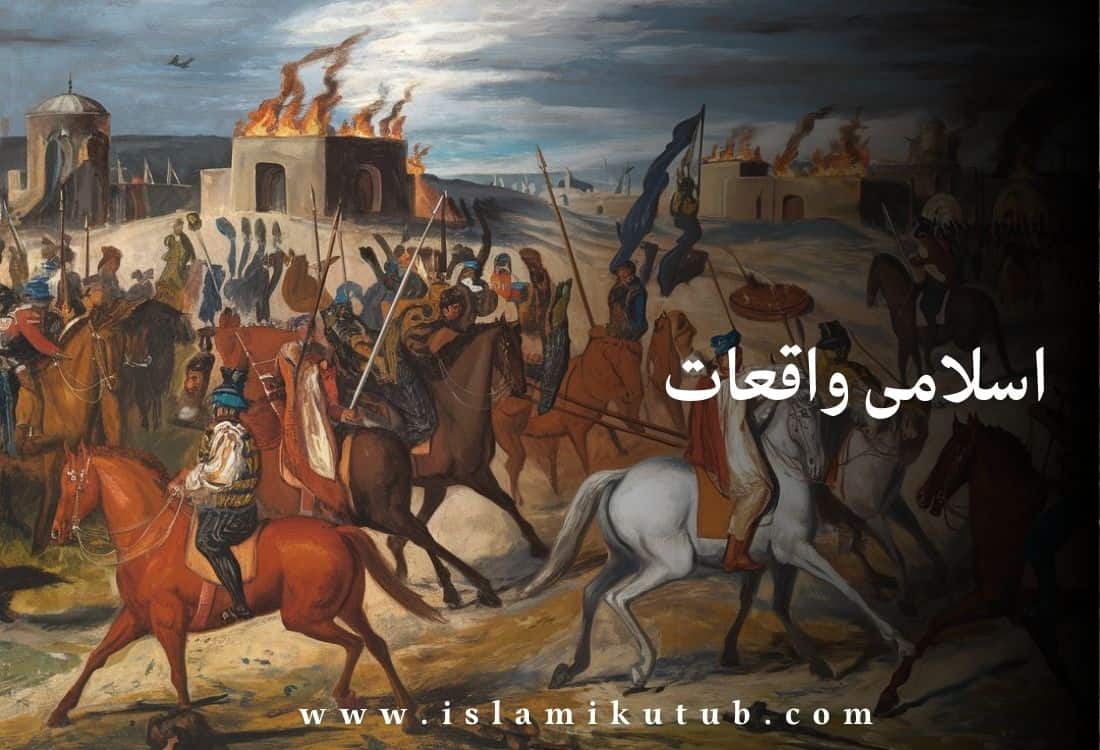
The Khulfa-e-Rashideen, also known as the “Rightly Guided Caliphs,” represent a significant era in Islamic history. This period, which lasted from 632 to 661 CE, marks the leadership of the first four caliphs who succeeded Prophet Muhammad (SAW). These caliphs were Abu Bakr, Umar ibn al-Khattab, Uthman ibn Affan, and Ali ibn Abi Talib. Their leadership not only solidified the foundation of the Islamic state but also provided a model for governance and justice.
Abu Bakr was a close companion and trusted advisor of the Prophet Muhammad (SAW). After the Prophet’s passing, the Muslim community was in a state of grief and uncertainty. In this tumultuous time, Abu Bakr’s calm and steadfast leadership was crucial. He famously addressed the community, saying, “If you worship Muhammad, Muhammad is dead. If you worship Allah, Allah is ever-living.”
Abu Bakr’s tenure was marked by the Ridda Wars, where he successfully unified the Arabian Peninsula by quelling the rebellions of various tribes. His commitment to justice and the teachings of Islam set a strong precedent for future leaders.
Umar ibn al-Khattab is often remembered for his transformative reforms and strong administrative skills. Under his leadership, the Islamic empire expanded rapidly, encompassing Persia, Egypt, and parts of the Byzantine Empire.
Umar was known for his fairness and justice. An anecdote that highlights his character involves a story where he walked through the streets of Medina at night to understand the needs of his people. During one of his night patrols, he overheard a woman lamenting her hunger. Umar immediately arranged for food to be delivered to her, showing his deep empathy and dedication to his people.
Uthman ibn Affan is best known for his efforts to compile the Quran into a single, unified text. Before Uthman’s caliphate, various versions of the Quranic text existed. Uthman ordered the compilation of the Quran to ensure that the word of Allah remained consistent and unchanged.
However, Uthman’s reign was not without challenges. His favoritism towards certain family members and administrative decisions led to dissatisfaction among some factions. This unrest eventually culminated in his assassination, marking a turbulent end to his caliphate.
Ali ibn Abi Talib was not only the cousin but also the son-in-law of Prophet Muhammad (SAW). His caliphate was marred by internal conflicts and civil wars, such as the Battle of the Camel and the Battle of Siffin. Despite these challenges, Ali’s wisdom and knowledge were highly revered.
Ali’s commitment to justice is legendary. One famous story tells of a dispute between Ali and a Jewish man over a piece of armor. Despite being the caliph, Ali insisted on taking the matter to court. When the judge ruled in favor of the Jewish man due to lack of evidence from Ali, the Jewish man was so impressed by Ali’s fairness that he eventually accepted Islam.
The era of the Khulfa-e-Rashideen set the foundation for Islamic governance based on the principles of justice, equality, and adherence to the teachings of the Quran and the Prophet Muhammad (SAW). This period is often referred to as the “Golden Age of Islam” due to the significant achievements in governance, military expansion, and religious consolidation.
By understanding the Khulfa-e-Rashideen, we gain valuable insights into the foundational principles of Islamic leadership and governance. Their legacy continues to inspire Muslims around the world, reminding us of the importance of justice, fairness, and unwavering faith.
In conclusion, the Khulfa-e-Rashideen were pivotal in shaping the early Islamic state. Their exemplary leadership and dedication to the teachings of Islam provide timeless lessons that are still relevant today. As we reflect on their legacy, we are reminded of the enduring values of justice, empathy, and unwavering faith that define true leadership.



A lectus ac pulvinar tincidunt accumsan. Ullamcorper dolor at lectus ac, sed facilisis hac. Molestie aliquam ut blandit nibh vulputate lectus in sit. Egestas in dolor dui purus tincidunt eget cras nisl est aliquam ut blandit nibh vulputate lectus ullamcorper.
Stay connected with us for the latest updates on new arrivals, special offers, and insightful articles on Islamic literature. Subscribe now to enrich your journey with faith and knowledge!
One Response